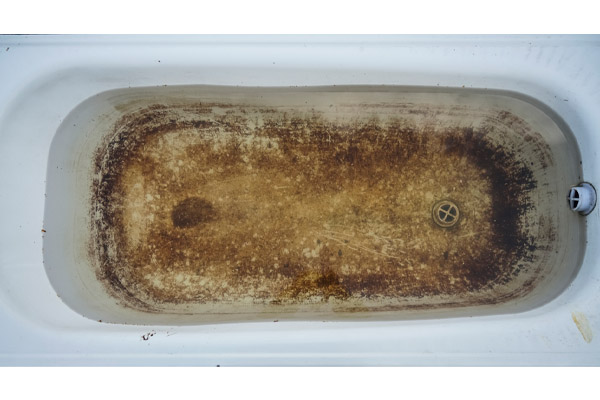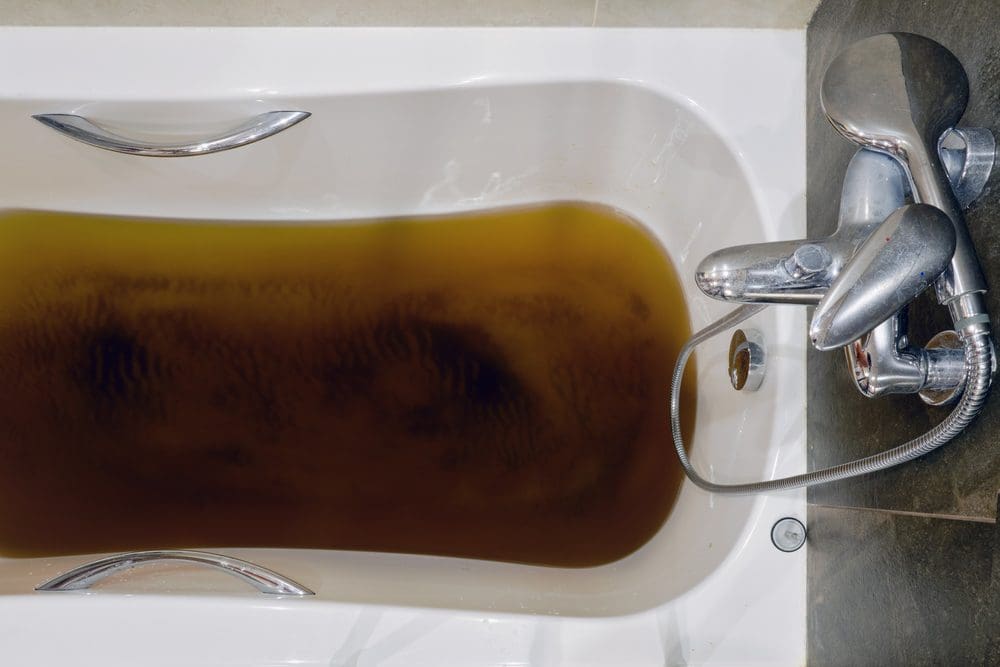Untangling the Causes of Sewage in the Bathtub
Untangling the Causes of Sewage in the Bathtub
Blog Article
Right here further down you'll find a lot of very good material about What to Do if Sewage Starts Coming Up Through Your Bathtub.

Sewer backup in the bathtub can be a traumatic and unhygienic trouble for any type of house owner. Not only is it inconvenient, yet it also postures severe wellness dangers and indicates underlying concerns with the plumbing system. Recognizing why sewer is turning up via the bath tub is critical for taking suitable action to deal with the issue efficiently.
Intro to the Concern
Typical Reasons for Sewer Back-up
Obstructions in the Drain Line
One of the most usual sources of sewage backup is a clog in the sewage system line. This can happen due to the build-up of particles, oil, or international things in the pipelines, preventing proper flow and creating sewage to back up right into your bathtub.
Tree Root Intrusion
Tree origins seeking wetness and nutrients can infiltrate sewage system lines through small splits or joints. Gradually, these origins can grow and broaden, causing considerable damages to the pipes and bring about sewage backup issues.
Understanding the Problem
When sewage draws back up right into the bath tub, it's a clear sign of a trouble with the drainage system. The wastewater that must be moving far from your home is rather finding its way back into your living space, which can bring about considerable damages and health hazards.
Possible Causes
Several aspects can add to sewer backup in the bathtub. From obstructions in the sewer line to concerns with the plumbing infrastructure, determining the source is necessary for discovering a service.
Aging Framework
Older homes may have dated plumbing systems that are more prone to deterioration, fractures, and damage. As pipes age, they become more prone to leaks and obstructions, increasing the possibility of sewage backup incidents.
Heavy Rainfall or Flooding
Throughout durations of heavy rainfall or flooding, the drain system may become overloaded with excess water, creating back-ups and overflows. This can result in sewer backing up right into tubs and various other fixtures inside the home.
Indications of Sewage Backup
Foul Odors
Unpleasant smells originating from drains pipes or fixtures, particularly in the restroom, may show sewer back-up problems. These smells are usually strong and relentless, signaling an issue that requires instant interest.
Slow Draining Fixtures
Tubs, sinks, and commodes that drain pipes gradually or otherwise at all could be experiencing sewer backup. If several components are impacted simultaneously, it's likely that the problem originates from a common factor, such as the primary sewer line.
Gurgling Noises
Strange gurgling or gurgling sounds coming from drains when water is running elsewhere in your home are a measure of air caught in the plumbing system. This air buildup can arise from sewer backup and need to be explored quickly.
Health And Wellness Dangers Associated with Sewer Backup
Contamination of Water Supply
Sewer backup can pollute the water system in your house, positioning a major wellness danger to you and your family members. Direct exposure to infected water can lead to gastrointestinal concerns, skin infections, and various other diseases.
Mold and mildew Growth
Dampness from sewer back-up can produce perfect conditions for mold and mildew growth in your home. Mold and mildew spores can intensify breathing problems and cause allergic reactions in sensitive individuals, making punctual cleanup necessary.
Spread of Condition
Sewage consists of unsafe germs, viruses, and bloodsuckers that can trigger a range of conditions, including liver disease, cholera, and gastroenteritis. Coming into contact with sewer or polluted surfaces places you in danger of infection.
Cleaning Up After Sewage Back-up
Sanitation Procedures
Extensively decontaminate and sterilize influenced areas after sewer back-up to remove damaging bacteria and protect against mold development. Usage ideal cleansing products and safety gear to make certain risk-free and efficient cleaning.
Reconstruction of Impacted Areas
Repair any type of damage to flooring, wall surfaces, or fixtures brought on by sewage backup. Relying on the degree of the damage, you might need to replace carpeting, drywall, or various other materials to restore your home to its pre-loss problem.
Immediate Actions to Take
Shutting Off Water
In case of sewer backup, it's essential to shut off the water to avoid more contamination and damages. Locate the major water shutoff valve in your home and closed it off until the concern can be settled.
Getting In Touch With a Specialist Plumber
Taking care of sewage back-up is not a do it yourself work. Contact a certified plumber with experience in dealing with sewage-related problems to analyze the situation and carry out needed repair services or clean-ups.
Avoiding Contact with Polluted Water
Until the sewage backup is resolved, stay clear of contact with contaminated water to prevent the spread of bacteria and pathogens. Use safety equipment if you have to be in the affected location and clean your hands extensively later.
Preventive Measures
Regular Upkeep of Sewer Lines
Arrange regular evaluations and upkeep of your sewage system lines to determine and address possible issues prior to they intensify right into significant troubles. This can include cleaning debris, checking for tree root breach, and fixing any type of broken pipelines.
Installing Backwater Valves
Consider installing backwater valves in your plumbing system to prevent sewage from flowing back into your home during durations of heavy rainfall or flooding. These shutoffs instantly close when water draws back up, safeguarding your residential property from contamination.
Proper Disposal of Family Waste
Avoid purging anything apart from toilet paper and human waste down the commode to stop blockages and blockages in the sewage system line. Dispose of grease, oil, and other house chemicals properly to reduce the danger of plumbing issues.
Why Is Water Backing Up in My Bathtub When I Flush My Toilet?
What to do about a sewer line clog
First, don’t bother with plunging. No amount of plunging will dislodge the clog in a sewer line. The clog is too far away. Plungers are for clogs in the toilet itself, not the sewer line. Plus, the most likely causes of a sewer clog are:
Tree roots Flushed toys or feminine products Grease buildup Those items don’t move easily. And in the case of tree roots, the roots need to be cut out of the pipe and the pipe will need to be repaired.
You’ll need a closet auger. A closet auger is a type of plumber’s snake with a protective cover to keep from scratching the delicate porcelain toilet. If the clog is further down, you may need to remove the toilet or use one of your cleanouts to get to the clog.
We also recommend doing a video inspection of the drain to ensure that the cause of the clog has been completely removed. Otherwise, you could have the same problem again in a few days or weeks.
https://mspplumbingheatingair.com/blog/why-is-water-backing-up-in-my-bathtub-when-i-flush-my-toilet

I'm certainly very involved in Why is Sewage Backing Up Into My Bathtub? and I really hope you liked the entry. You should pause to distribute this post if you enjoyed it. We take joy in reading our article about Water Coming up Bathtub Drain.
Get An Estimate
Report this page